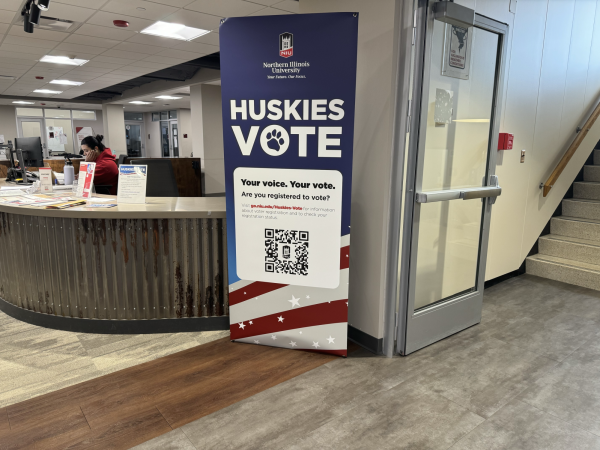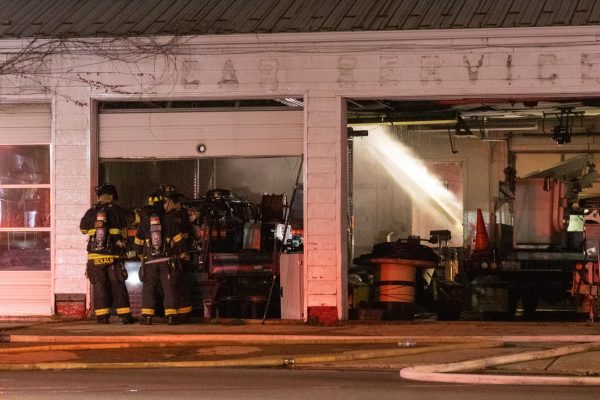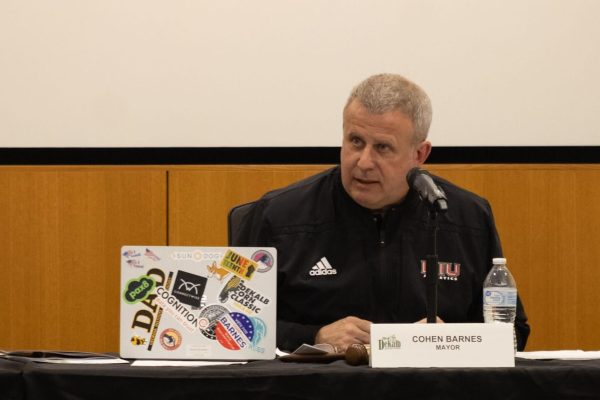Children, minorities experience the highest poverty rates in the state
November 1, 2010
As the season begins to change, some will pull out their winter coats and turn up their heaters to stay warm. Some people, however, don’t have that luxury.
According to the Social Impact Research Center at Heartland Alliance, as of 2009 in DeKalb County, 18,959 people live below the poverty line and extreme poverty affects 9,720 people. Jennifer Warren, director of social services for the Salvation Army DeKalb, 830 Grove St., said she sees people come into the Salvation Army from multiple racial and ethnic groups. Multi-families and single families come in as well. Statistics, however, reflect children and minorities experience the highest poverty rates in the state.
“Broadly speaking, we know that children are one of the most impacted groups affected by poverty,” said Amy Terpstra Heartland’s Social Impact Research Center’s associate director. “African Americans and Latinos have higher poverty rates than the white population.”
In the economy’s current state, Warren said the government is attempting to help, but many people who live right on the edge aren’t eligible for aid.
“There are programs out there, but the process is broken,” Warren said. “There is no help available until they have lost everything… I wish there was a way to gradually provide assistance to families, to help them get out of that hole and stay out of that hole…those families that are right at the edge, it seems that we need to make them sink before we help them at all.”
Poverty is directly correlated to unemployment and the state’s financial crisis. As unemployment and the state’s deficit continues to rise, people become more vulnerable to not only facing poverty, but also losing their health insurance.
“So many people’s insurance is through their jobs, and when they lose their jobs, they lose their insurance as well,” said Aaron Bick Goodwill store manager.
As of 2009, 12.6 percent of the DeKalb County population was uninsured. That amounts to 12,234 people who don’t have health insurance.
“One initiative in Illinois which is addressing poverty is the Commission on the Elimination of Poverty…they are brainstorming on how to cut extreme poverty in half by 2015,” Terpstra said.
This commission is currently crafting a report which will tentatively be published by the end of the year. The report will include recommendations on policy or program solutions to lower poverty.













